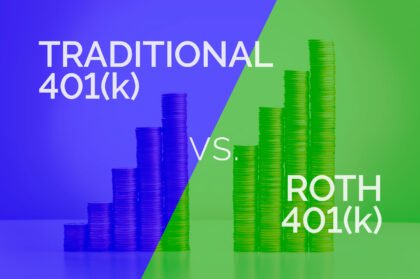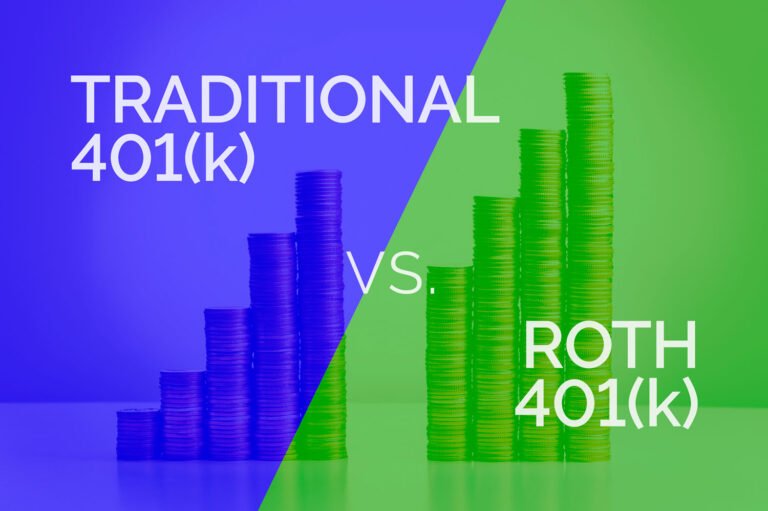In our recent poll we asked, “What is the one thing that worries you most about your money and personal finances?”, 25% responded that a market crash and its impact was their biggest concern. There are a few things we can do to mitigate this concern but the risk of a market correction will never go away.
Proper diversification and cash flow planning will help mitigate risk. Not all assets are correlated to the S&P 500 or DOW. Assets highly correlated to the S&P or Dow will fall during a correction but assets such as bonds, REITS and other asset classes may not. International equities may fall initially but could rebound faster especially if the international markets fundamentals are as strong as they are now. When Brexit happened US markets initially fell but reversed just days later.
Proper cash flow planning says you should plan to have enough cash to cover expenses up to two years. If you have a big-ticket expense coming up and you can’t cover it with cash on hand or through savings, you might consider selling some investments now, at a market high, to cover the expense.
Eventually there will be a market correction and there could be some pain. I’ve attached an illustration, History of U.S. Bull & Bear Markets, from 1926 through September 2017. The average Bull market lasted 9 years compared to the average Bear market of 1.4 years. The current bull market is 8.6 years old. Each Bull market has recouped its Bear market losses and then some. The average cumulative return in a Bull market is 472% compared to an average cumulative loss of -41% in a Bear market. Of course, past performance is no guarantee of future results, but looking at history helps gain a perspective on the benefits of investing for the long term.
Kelly Bashore
KBashore@AddisHill.com

Source: First Trust

